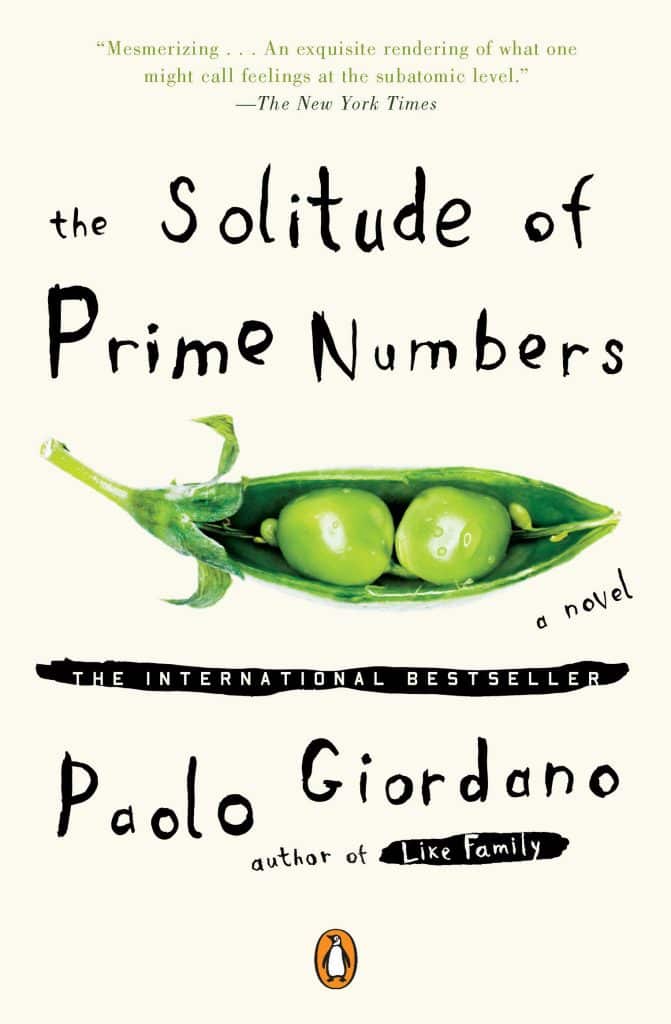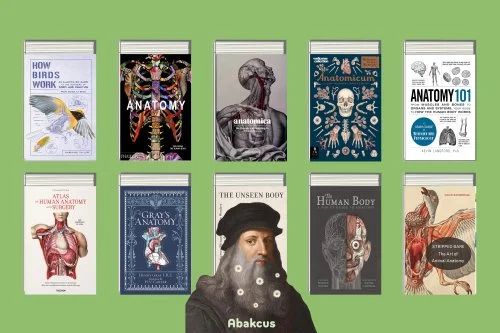Are you looking to explore the depths of mathematics and discover prime numbers? Math has a beauty all its own – from simple equations to advanced concepts, math is an integral part of our lives. If you are interested in deepening your understanding of prime numbers, look no further!
Prime numbers are some of mathematics’s most fascinating, perplexing, and seemingly random. Even though they have no clear pattern or purpose, prime numbers are invaluable in mathematics. Every mathematician is familiar with them and sees their potential everywhere – from algebra to calculus and beyond. Prime numbers might not be as flashy as other topics in math, but they remain one of the most important concepts for any student studying math subjects.
In this blog post, I will curate some of the best math books about prime numbers to show why these unique yet essential figures remain relevant today, providing a deeper insight into how prime numbers work within mathematics and science.
What are the best math books about prime numbers?
Below are six beautiful math books about prime numbers that will deepen your exploration and knowledge. Whether you want to master elementary arithmetic or understand detailed questions about primes, these incredible volumes offer unparalleled insight into the subject. These educational gems provide guidance and empower learners with new perspectives on this multifaceted mathematical concept!
If you want to be a math person or if you want to improve your understanding of mathematics, then reading about prime numbers is a great way to learn. These six math books about prime numbers I have compiled for you will introduce you to the world of prime numbers and help you understand their importance. I hope that you find it helpful and informative. Thanks for reading!
If you want to see more beauty in prime numbers, you should check Prime Factorization Diagrams and A Pattern in Prime Numbers.
In the Music of the Primes, Marcus du Sautoy tells the illuminating, authoritative, and engaging story of Bernhard Reimann and the ongoing quest to capture the holy grail of mathematics—the formula to predict prime numbers.
Oliver Sacks, the author of The Man Who Mistook His Wife for a Hat, calls The Music of the Primes “an amazing book. . . . I could not put it down once I had started.” Simon Winchester, the author of The Professor and the Madman, writes, “this fascinating account, decoding the inscrutable language of the mathematical priesthood, is written like the purest poetry.
Marcus du Sautoy’s enthusiasm shines through every line of this hymn to the joy of high intelligence, illuminating as it does so even the darkest corners of his most mysterious universe.”
Prime Numbers: The Most Mysterious Figures in Math is a fascinating journey into the mind-bending world of prime numbers.
Cicadas of the genus Magicicada appear once every 7, 13, or 17 years. Is it just a coincidence that these are all prime numbers? How do twin primes differ from cousin primes, and what on earth (or in the mind of a mathematician) could be sexy about prime numbers? What did Albert Wilansky find so fascinating about his brother-in-law’s phone number?
Mathematicians have been asking questions about prime numbers for more than twenty-five centuries, and every answer seems to generate a new rash of questions.
In Prime Numbers: The Most Mysterious Figures in Math, you will meet the world’s most gifted mathematicians, from Pythagoras and Euclid to Fermat, Gauss, and Erdos, and you will discover a host of unique insights and inventive conjectures that have both enlarged our understanding and deepened the mystique of prime numbers.
A prime number can only be divided by itself or by one—it never truly fits with another. In The Solitude of Prime Numbers, Alice and Mattia, both “primes,” are misfits who seem destined to be alone. Haunted by childhood tragedies that mark their lives, they cannot reach out to anyone else. When Alice and Mattia meet as teenagers, they recognize a kindred, damaged spirit in each other.
However, the mathematically gifted Mattia accepts a research position that takes him thousands of miles away, and the two are forced to separate. Then a chance occurrence reunites them and forces a lifetime of concealed emotion to the surface. the mathematically gifted Mattia accepts a research position that takes him thousands of miles away, and the two are forced to separate. Then a chance occurrence reunites them and forces a lifetime of concealed emotion to the surface.
Like Mark Haddon’s The Curious Incident of the Dog in the Night-Time, this is a stunning meditation on loneliness, love, and the weight of childhood experience that is set to become a universal classic.
These stories from Quanta Magazine map the routes of mathematical exploration, showing readers how cutting-edge research is done while illuminating the productive tension between conjecture and proof, theory and intuition. The stories show that, as James Gleick puts it in the foreword, “inspiration strikes willy-nilly.”
One researcher thinks of chaotic quantum systems at a bus stop; another suddenly realizes a path to proving a theorem of number theory while in a friend’s backyard; a statistician has a “bathroom sink epiphany” and discovers the key to solving the Gaussian correlation inequality.
According to Quanta editor-in-chief Thomas Lin, readers of The Prime Number Conspiracy are headed on “breathtaking intellectual journeys to the bleeding edge of discovery strapped to the narrative rocket of humanity’s never-ending pursuit of knowledge.”
People were already interested in prime numbers in ancient times, and the first result concerning the distribution of primes appears in Euclid’s Elemen ta, where we find proof of their infinitude, now regarded as canonical. One feels Euclid’s argument has its place in this book, often quoted by the late Paul Erdos, where the ultimate forms of mathematical arguments are preserved.
Proofs of most other results on prime number distribution are still far from their optimal form, and this book aims to present the development of methods with which such problems were attacked over time.
The Development of Prime Number Theory is not a historical book since the author refrains from giving biographical details of the people who have played a role in this development. The author does not discuss the questions concerning why each particular person became in interested in primes. His idea is to present the development of the theory of the distribution of prime numbers in the period starting in antiquity and concluding at the end of the first decade of the 20th century.
The Riemann Hypothesis is a problem that has stumped mathematicians for over 150 years, and continues to captivate the mathematical community to this day. Bernhard Riemann’s groundbreaking hypothesis, made in 1859, is the topic of Prime Obsession by John Derbyshire. This fascinating book delves into the intricacies of the hypothesis and explores the history, biography, and maths behind it.
Through alternating chapters on biography and history with those on math, the book tells the story of the hypothesis’ place in the history of mathematics, and how it continues to challenge and excite mathematicians around the world. Prime Obsession is a masterful work that sheds light on a complex mathematical problem and the individuals striving to solve it.

















